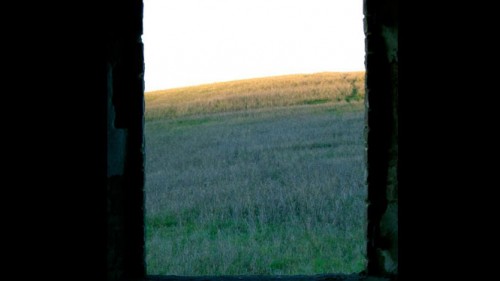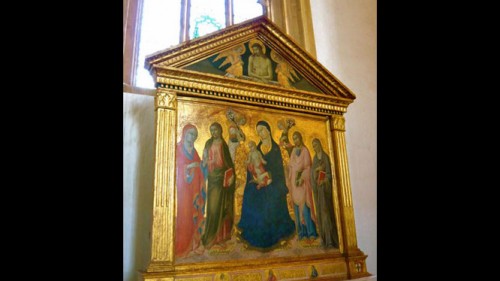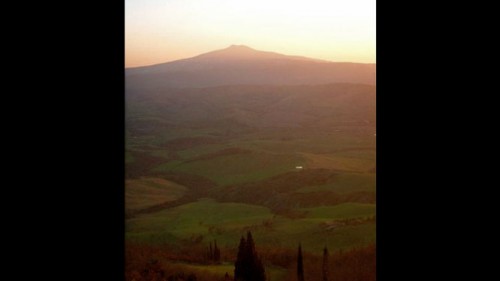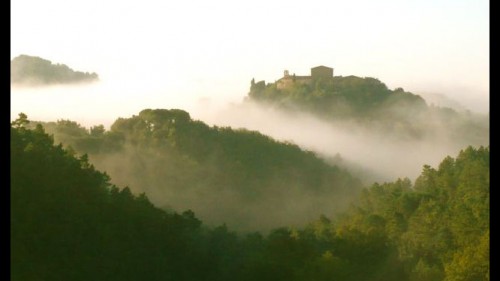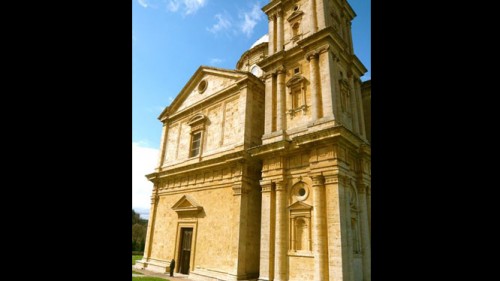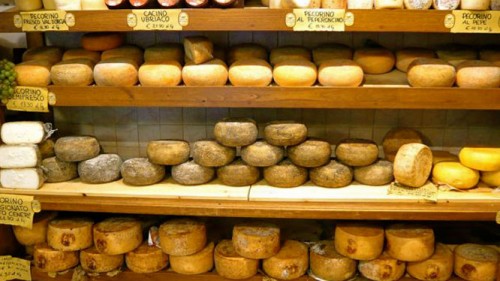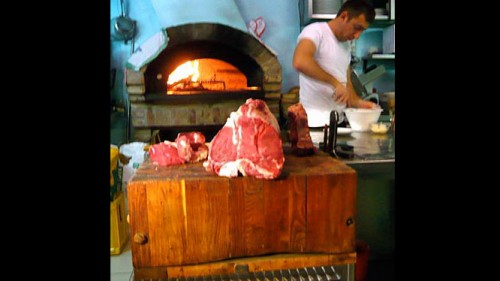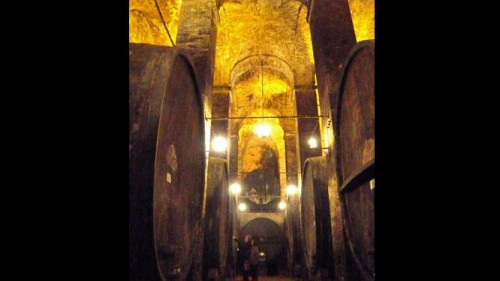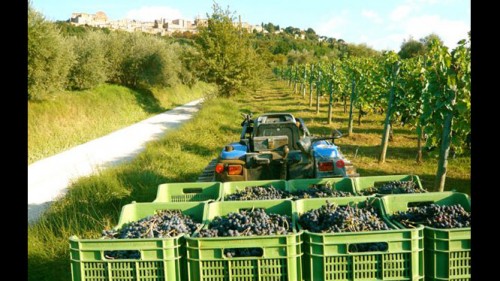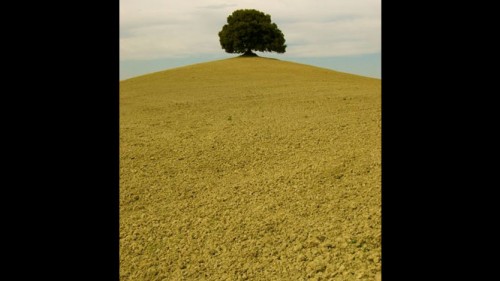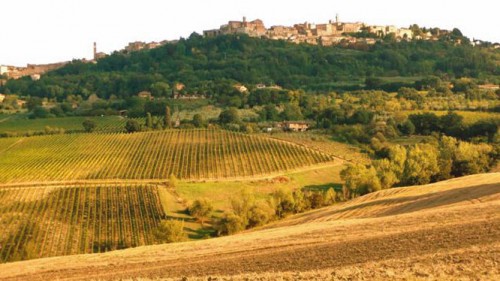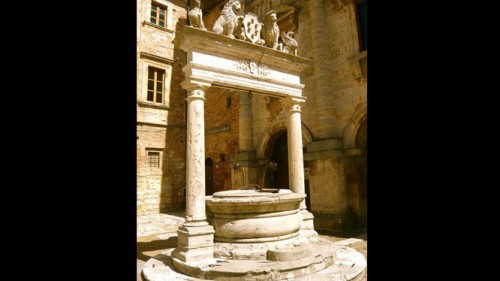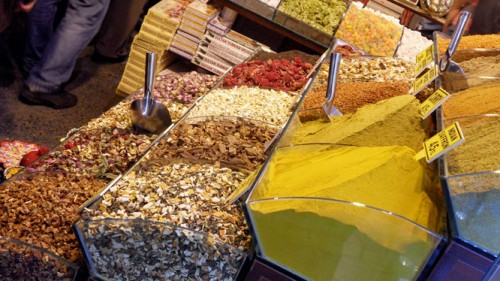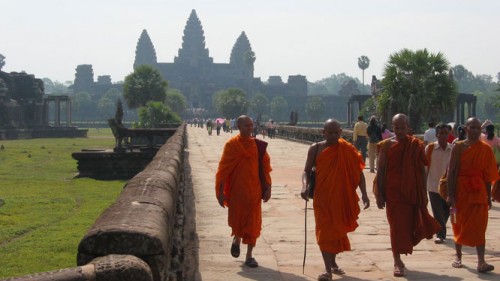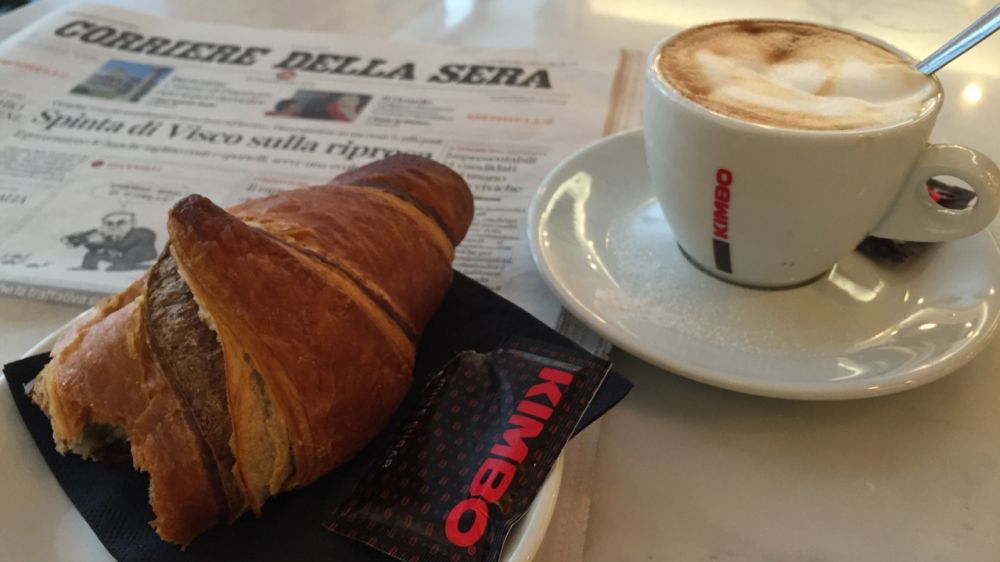The Val d’Orcia
As if being perhaps the most photogenic valley in Tuscany were not enough, for good measure the Val d’Orcia packs a knockout foodie punch: Vino Nobile wine and pecorino di Pienza cheese.
The Val d’Orcia is the quintessential Tuscan landscape: wide open skies, rolling hills lined with immaculate cypress trees, swaying fields of grain elegantly dotted with olive groves and vineyards. If it all sounds too picture-perfect, that’s because, well, it kinda is. Nestled between the more crowded Chianti region to the north of Siena, and the rugged Monte Amiata mountain to the south, the Val d’Orcia is comparatively easy to navigate. And ripe for independent exploration—be it by car, foot or bike. Here is the ultimate stepping-stone between Florence and Rome, providing much-needed rural respite en route between Italy’s two great art cities.
The entire valley of the Orcia River was made a UNESCO World Heritage Site in 2004, and is littered with impossibly scenic Tuscan hilltop towns. But the sweet-spot is centered around Montepulciano and Pienza. Like all self-respecting Italian towns, people here dedicate inordinate amounts of time and energy to eating and drinking. The larger Montepulciano, once a Medici stronghold, produces one of Tuscany’s big-hitting reds, the aptly named Vino Nobile di Montepulciano. Much of the town’s activity revolves around making, celebrating, and drinking the stuff. Tiny Pienza, designed by Pope Pius II in the 15th Century as an ideal Renaissance town, has maintained its stunning architecture virtually intact. Its modern residents dedicate themselves whole-heartedly to making, celebrating, and eating their famous pecorino sheep’s cheese (technical note: the colour of the rind indicates the three basic aging categories — white is morbido, soft/young; orange is medio, medium; black isstagionato, mature).
In short, the Val d’Orcia is an utterly delicious, gastronomically specialized, culturally rich, architecturally striking and aesthetically sublime place to explore. Accommodation here runs the full spectrum of price range and style; one of my favorite spots, perched atop Montepulciano town, is the intimate Locanda San Francesco. And the region is strewn with superb restaurants of all stripes, from Michelin-starred gourmet to bare-bones grandmotherly trattorias; two go-to places in Montepulciano are the somewhat rowdy Osteria Acquacheta and the somewhat elegant Ristorante La Grotta. If getting stuck into hands-on pecorino production is your thing, head down the hill from Pienza to Podere Il Casale for an organic farm visit, cheese making demo and tasting.
The entire region seems orchestrated to prime you for another glass of Vino Nobile and platter of pecorino… preferably after taking a stroll along Pienza’s passeggiata walkway, surveying the Val d’Orcia below—a view fit for Renaissance Popes, Medici Dukes, and modern travellers in-the-know.
Rudston knows Italy from rough (the year when his home there had no running water) to rich (wine, cheese and sprawling villas—enough said) and everything in between.
